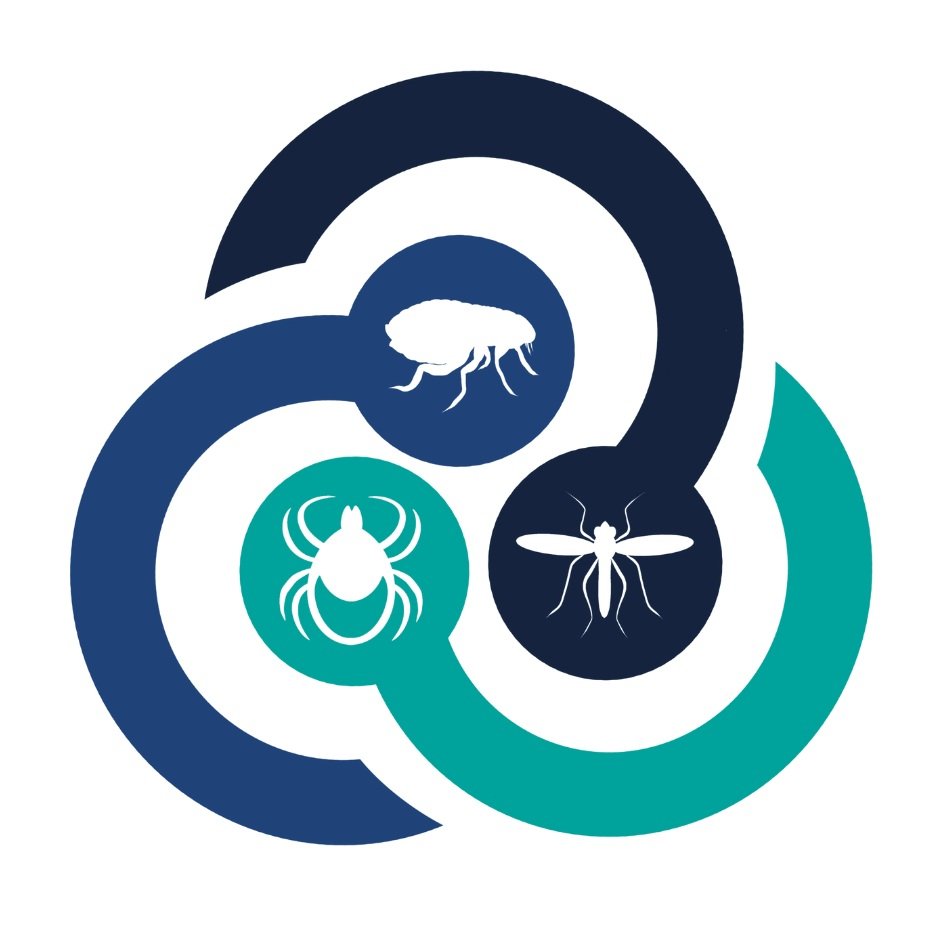Lyme Disease Vaccine Messaging
Lyme disease is the most common tick-borne disease in the United States, with an estimated 476,000 people infected annually. Despite this threat, prevention options are limited. One potential measure to reduce Lyme disease burden is a vaccine, but little is known about current public perceptions and how these will shape intentions to get vaccinated.
In collaboration with Penn State Extension, the Penn State Survey Research Center, and the College of Communications, this project will investigate people's attitudes, opinions, and intentions toward a new Lyme disease vaccine through an integrated approach combining extension, entomology, communication, and public health.
What are the goals of this project?
This project aims to investigate public perceptions, attitudes, and preferences toward a potential new Lyme disease vaccine and use these insights to develop effective communication tools and resources that promote vaccine acceptance and uptake.
Specific objectives include:
Understand factors influencing people's intentions, motivations, and preferences regarding the Lyme disease vaccine through qualitative and quantitative research methods like focus groups and surveys.
Explore people's use associations and mental models regarding the Lyme disease vaccine and how those fit into their broader tick-borne disease prevention strategies.
Use research findings on attitudes, motivations, and preferences to create educational materials, guidelines, and best practices for communicating about the Lyme disease vaccine
Disseminate communication materials widely to key communities, including individuals at high risk of Lyme disease, healthcare providers, and extension educators.
Evaluate the impact of the communication materials on awareness, knowledge, attitudes, and intended behaviors related to the Lyme disease vaccine.
Project Plan
Phase I is led by Penn State Extension and includes the development and execution of focus groups and surveys to gain greater insight into motivations and factors influencing attitudes towards the Lyme Disease vaccine in Pennsylvania.
Based on the results of Phase I, Phase 2 will include the development and audience testing of communication resources related to the Lyme disease vaccine.
Phase 3 includes disseminating communication tools to key communities and assessing the reach, usage, and impact of materials created.











